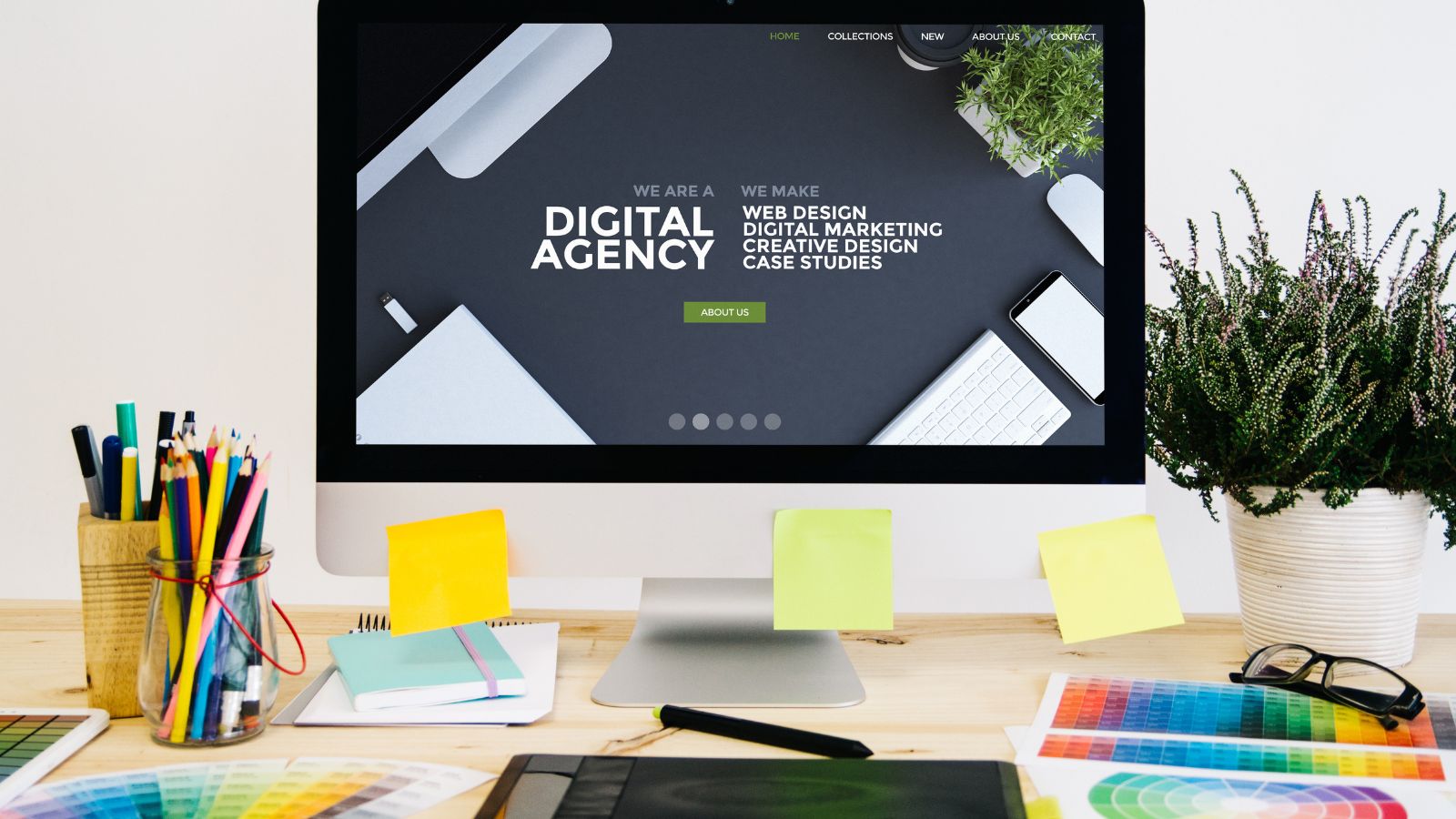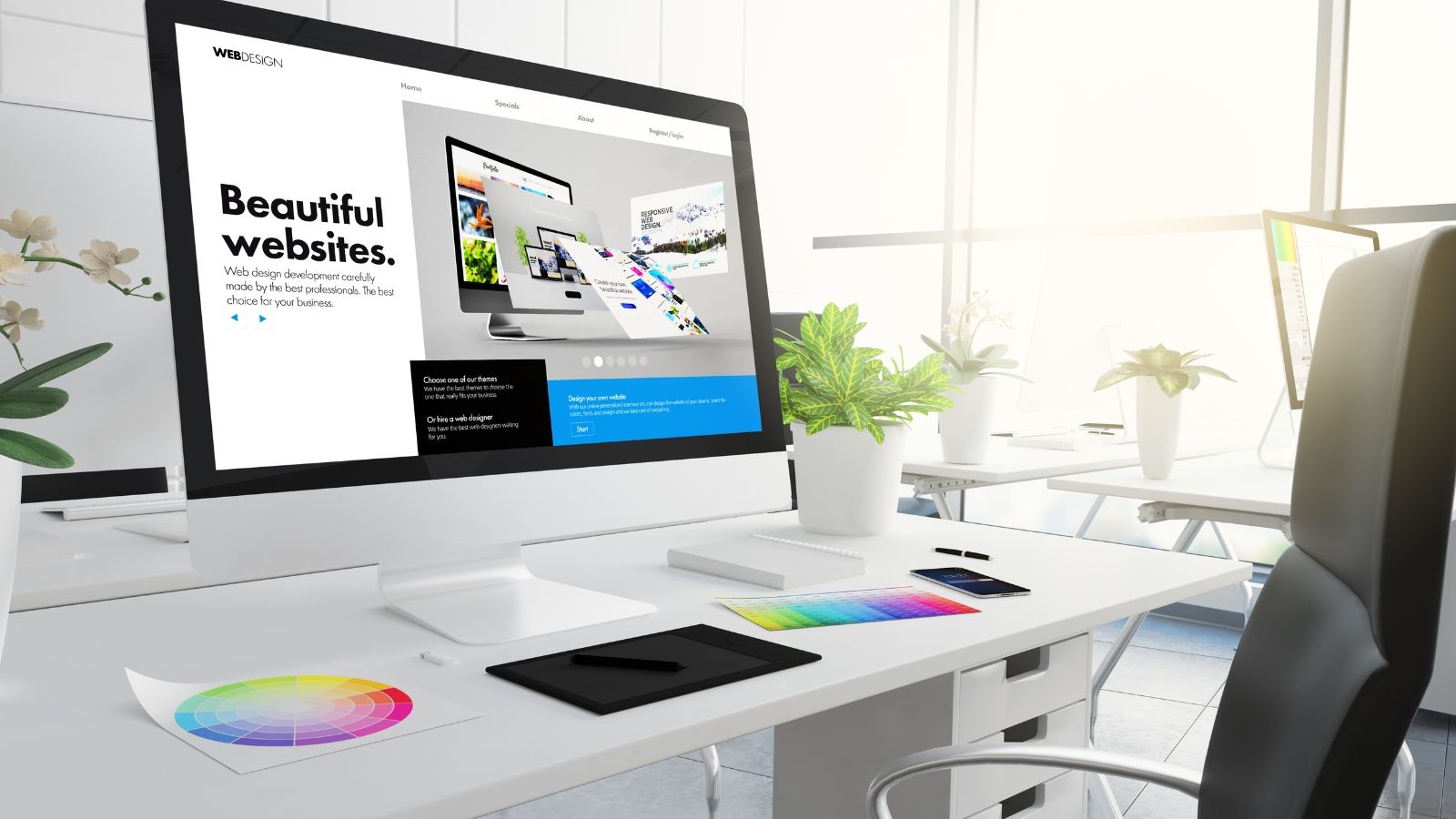Choosing to invest in professional website design means choosing to put your business’s best foot forward online. It’s a decision that can pay off in increased visibility, higher customer engagement, and ultimately, more business. So, let’s dive in and explore the world of professional website design.
Professional Website Design
In this digital age, one can’t underestimate the importance of professional website design. It serves as the digital face of a business, offering the first impression to potential customers. Visual appeal is crucial, but there’s more to website design than meets the eye.
A professionally designed website not only enhances aesthetics but also strengthens the online presence. When built correctly, it drives more traffic, increasing the probabilities of conversions. It’s all about ease of use, navigation clarity, and overall user-friendly experience that makes the user stay longer and return.
The profound essence of a professional website design isn’t fully realized without mentioning its role in Search Engine Optimization (SEO). Here’s what happens behind the scenes:
- It helps with SEO strategy and complements content marketing efforts. The correct design and layout make the site more attractive to search engine spiders, enabling them to index the site accurately and efficiently.
- It also ensures the website’s responsiveness and accessibility, a significant ranking factor. With the increase of mobile internet users, a website that doesn’t adapt to different screen sizes can lose a considerable amount of its audience.
- Most importantly, it aids in faster page loading, another critical factor for SEO and user experience. According to statistics, a delay of a single second in page loading can lead to 7% less conversions.
Through these advanced techniques, professional website design elevates a business’s online presence, making the company more visible to its targeted audience. Visibility leads to higher customer engagement, which ultimately unfolds potential business opportunities. When a business invests in professional design, it places its best digital foot forward in the global market, further expanding its reach and potential for success.
 The Digital Face of a Business
The Digital Face of a Business
In this high-tech era, a website often serves as the front door to a business. It’s a digital platform where companies not only showcase their products or services, but also where they engage, convert and retain customers. Fundamentally, professional website design is essential. It’s akin to the architecture and interior design of brick-and-mortar stores — the first impression matters.
Design isn’t merely about aesthetics. It’s integral to an efficient and effective user experience. Functionality, navigation ease, and accessibility matter significantly. It’s not enough to captivate a visitor’s attention – the real challenge lies in sustaining it. Here’s where professional website design comes into play. Designers consider these aspects and craft websites that are visually pleasing, easy to navigate, and quick to load.
In line with this, consider the impact of mobile responsiveness. Rapid technological shifts mean that customers aren’t just browsing websites from desktops anymore. They’re using tablets, phones, even smart watches. It’s imperative to consider how a website renders on different devices. Businesses that prioritize mobile-responsive design have the edge. These sites are favored by not only users, but search engines too, thereby boosting visibility and traffic.
 Elements of Effective Website Design
Elements of Effective Website Design
In line with the emphasis on the necessity of a streamlined, professional website design, it’s essential to underline the key components that make a website effective and engaging. This isn’t simply about creating an attractive design, but designing a space that can effectively communicate a brand’s values, engage visitors, and make a lasting impression.
Usability is undoubtedly a fundamental aspect of a successful website. If a user struggles to navigate through the site, they’re likely to leave and not return. Consequently, the design must be intuitive and straightforward. This includes visible and easy-to-use navigation bars, a clean layout that highlights important content, and the clever use of colors, shapes, and fonts to guide visitors.
Quality Content is one of the driving forces behind a good user experience. Web users typically search for specific information. An effective website provides accurate, high-quality content that visitors find valuable. This entails not only well-written text but also engaging visuals like photographs, videos, infographics, and more. They should be thoughtfully incorporated into the website, enhancing user engagement and furthering the communication of brand ethos.